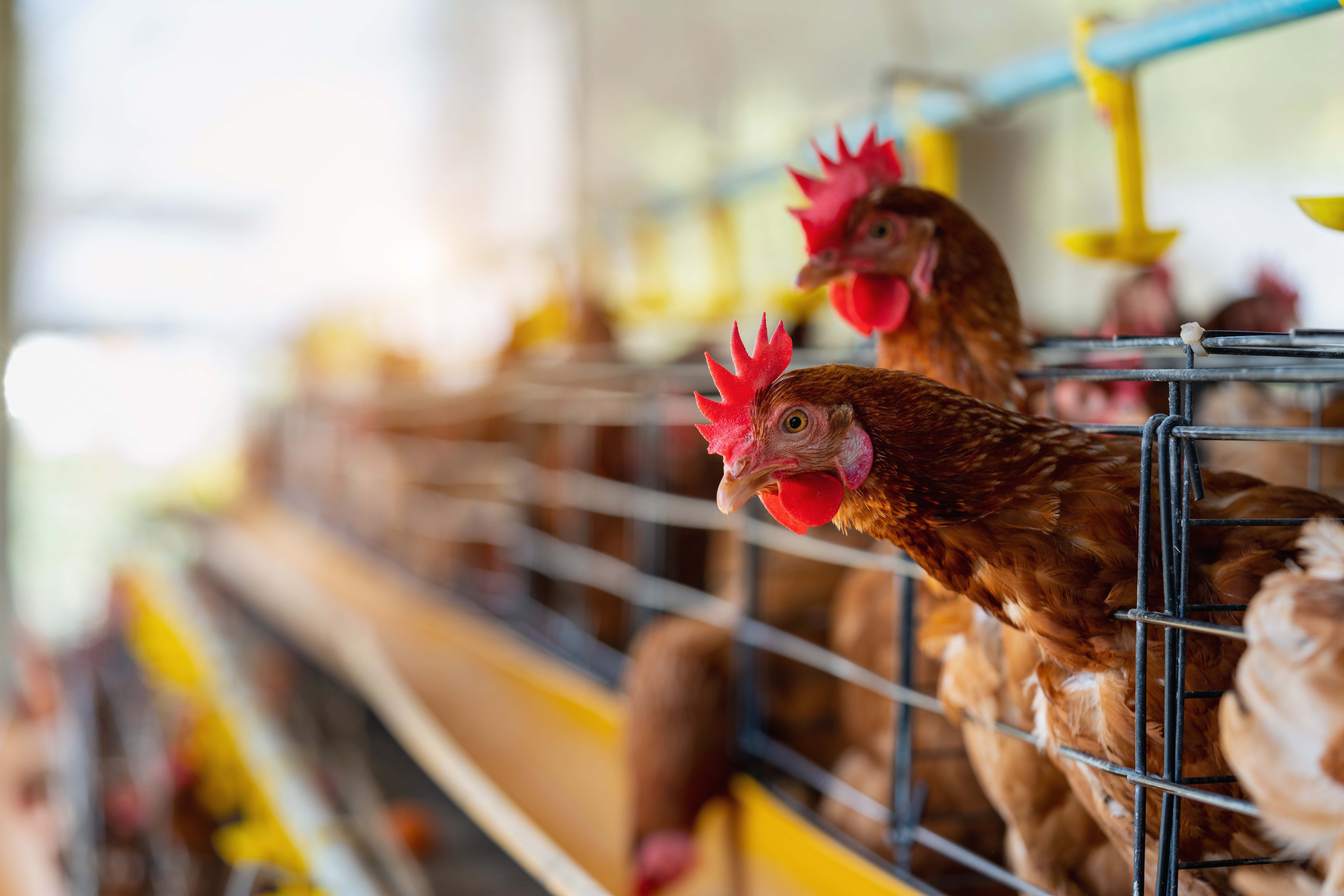Hen Farming
Hen Farming: An Overview
Hen farming, also known as poultry farming, is the practice of raising domesticated birds, particularly chickens, for their meat and eggs. Poultry is a vital farm species in almost all countries due to its role as a significant source of animal protein. The versatility and adaptability of poultry farming make it a widely practiced form of agriculture, suitable for various environments, from backyard operations to large-scale commercial enterprises.
Types of Hen Farming
Layer Farming:
- Objective: The primary goal is egg production. Hens, known as layers, are specifically bred for their ability to produce a high quantity of eggs.
- Breeds: Common breeds include Leghorn, Rhode Island Red, and Sussex, known for their prolific egg-laying capabilities.
- Production Cycle: Layers typically start producing eggs at about 18-20 weeks of age and can continue for 72-80 weeks. Peak production occurs between 25 and 35 weeks.
Broiler Farming:
- Objective: Focuses on raising chickens for meat. Broilers are bred to grow rapidly and reach market weight within 6-7 weeks.
- Breeds: Popular broiler breeds include Cornish Cross and Cobb 500, selected for their fast growth and high meat yield.
- Production Cycle: Broilers are raised in controlled environments to ensure optimal growth rates, and they are typically ready for processing between 6-8 weeks.
Free-Range and Organic Farming:
- Objective: These systems emphasize animal welfare and environmental sustainability. Hens are given access to outdoor spaces, and organic farming prohibits the use of synthetic chemicals and antibiotics.
- Management: Free-range and organic farming often focus on the natural behavior of the birds, such as foraging, which can enhance the quality of the eggs and meat.
Components of Hen Farming
Breeding:
- Selective Breeding: Hens are selectively bred to enhance desirable traits such as high egg production or rapid growth.
- Hatcheries: Fertile eggs are incubated in hatcheries, where chicks are hatched and then distributed to farms.
Feeding:
- Diet: Hens require a balanced diet rich in protein, vitamins, and minerals to support egg production or growth. Feed typically includes grains, soybean meal, and supplements.
- Feeding Systems: Automated feeders are common in large-scale operations, ensuring that birds have constant access to food.
Housing:
- Cages: In intensive farming, hens are often kept in battery cages designed to maximize space efficiency and facilitate egg collection.
- Deep Litter System: Hens are kept on the floor with bedding material like straw or wood shavings, allowing them to express natural behaviors such as scratching and dust bathing.
- Climate Control: Poultry houses are equipped with ventilation, heating, and cooling systems to maintain optimal living conditions for the birds.
Health Management:
- Vaccination: Preventive vaccination is essential to protect hens from common diseases like Newcastle disease and avian influenza.
- Biosecurity: Measures are implemented to prevent the introduction and spread of diseases. This includes controlling access to poultry houses and proper sanitation.
- Regular Health Checks: Monitoring the health of the flock is crucial, and any signs of illness are addressed promptly.
Egg Collection and Processing:
- Egg Collection: In layer farms, eggs are collected daily, often using automated systems that transport eggs from the cages to a central collection area.
- Grading and Packaging: Eggs are graded based on size and quality before being packaged for sale.
Meat Processing:
- Harvesting: Broilers are processed for meat when they reach the desired weight. This involves humane slaughter, plucking, and evisceration.
- Packaging: The meat is then processed, packaged, and distributed to markets.
Economic and Environmental Considerations
- Profitability: Hen farming can be highly profitable, especially in regions with high demand for eggs and chicken meat. It requires relatively low initial investment compared to other forms of livestock farming.
- Environmental Impact: Poultry farming, particularly in intensive systems, can have environmental impacts, including waste management issues and resource consumption. Sustainable practices, such as waste recycling and efficient feed use, are important to mitigate these effects.
Challenges in Hen Farming
- Disease Control: Disease outbreaks can devastate poultry farms, leading to significant economic losses. Biosecurity and vaccination are key to preventing this.
- Market Fluctuations: Prices for eggs and chicken meat can be volatile, influenced by factors such as feed costs and consumer demand.
- Animal Welfare: There is increasing concern over the welfare of hens, particularly in intensive farming systems. This has led to a shift towards cage-free and free-range systems in some markets.
Future Trends
- Automation and Technology: The use of automation, such as robotic egg collection and AI-driven health monitoring, is on the rise, improving efficiency and productivity.
- Sustainability: There is a growing focus on reducing the environmental footprint of poultry farming through practices like precision feeding, waste management, and renewable energy use.
- Organic and Free-Range Farming: Consumer demand for ethically produced and organic products is driving growth in these farming systems.
Hen farming is a dynamic and essential part of the global agricultural industry. With proper management, it can be a sustainable and profitable enterprise, providing a vital source of nutrition to populations worldwide.
